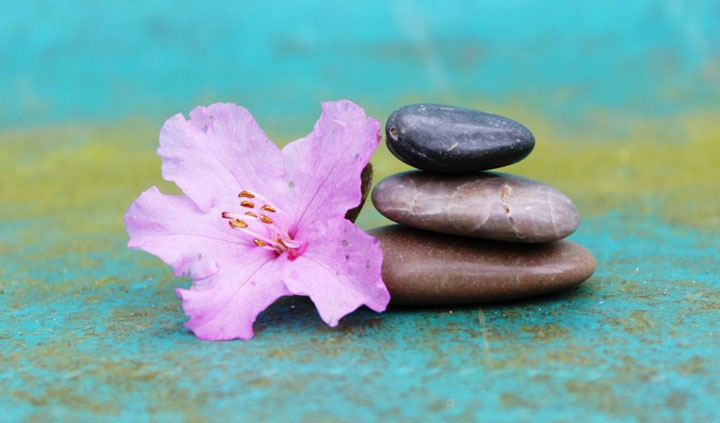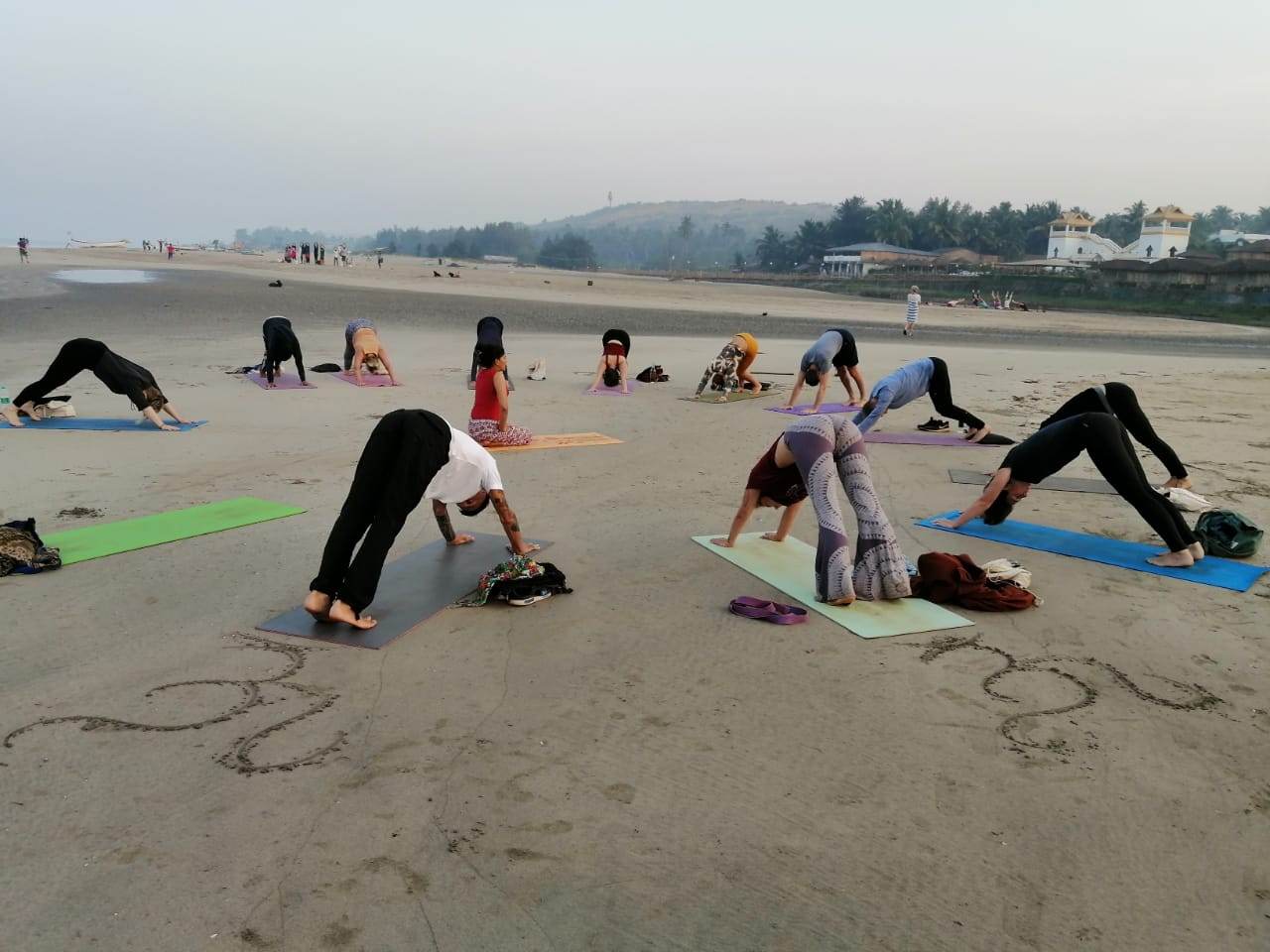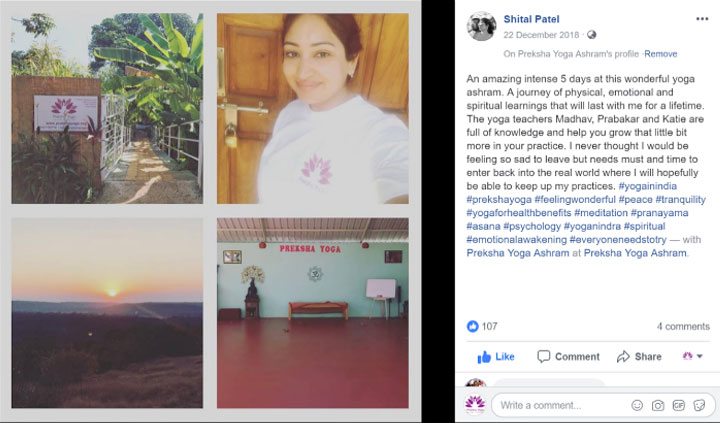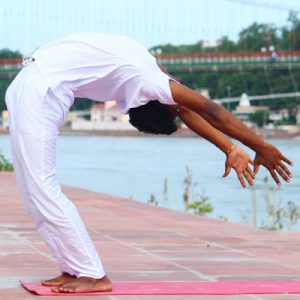What is an Alignment?
Alignment plays a crucial role in a healthy yoga session. The simplest definition of alignment is how you position your body to derive maximum benefit from a yoga pose without facing any risk of injuring yourself or feeling any discomfort. For example, in order to obtain maximum benefit from a cat-cow stretch you must ensure that you have your shoulders over your wrists and that your knees are over your ankles. Alignment allows you to move different parts of your body simultaneously. It is important and it keeps your body safe. If your body is aligned optimally, it enables fluid and effective energy movement throughout your body.
What is the Significance of Alignment?
The first thing that you need to know is that alignment is not universal; it is very personal. It helps you develop a functional approach to yoga. The understanding of optimal body alignment helps you in numerous ways. Some of the key benefits have been mentioned below.
- Precise alignment helps you focus on the intention of the yoga postures instead of its appearance.
- It will help you know and address the targeted area you are trying to affect and understand the sensations you wish to create in that target body area.
- It will help you notice the actual experience in the targeted body part while you are in the posture.
- The knowledge of optimal alignment will also help you understand how to change what you are doing to locate a position that is creating the intended sensations.
- It helps you realize the fact that alignment does not use your body to get into a pose; it uses the pose to get into the body.
- Proper alignment helps in reducing stress in the joints, builds strong architectural stability, and minimizes muscular effort to remain in a yoga posture.
- The in-depth understanding of optimal alignment helps you understand what alignment cues work for your body best. This way you can have an intention and practice yoga postures with attention to that intention. It helps you concentrate on what you are really trying to accomplish with your yoga practice. The perfect pose is the pose that best suits the needs of the one doing the pose at that moment.
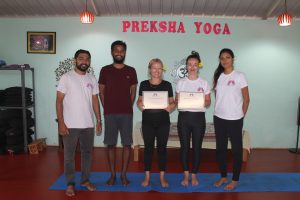 Alignment is power. It imbibes a growing sense of body consciousness and tremendously amplifies your self-confidence. With the help of good instructions and the right tools, yoga poses that feel unfamiliar and uncomfortable and shaky in the beginning soon become steady and intuitive.
Alignment is power. It imbibes a growing sense of body consciousness and tremendously amplifies your self-confidence. With the help of good instructions and the right tools, yoga poses that feel unfamiliar and uncomfortable and shaky in the beginning soon become steady and intuitive.
The study of optimal alignment involves various alignment and adjustment techniques, their accurate implementation, the therapeutic and anatomical impact of every yoga asana and the optimal usage of various props for achieving better alignment. You can learn all of this and more in Preksha Yoga’s 6 Days Workshop On Asana Alignment And Adjustment In Goa India. Here you will learn all minute details about what you will accomplish with each alignment and why some alignment principles vary on a case to case basis.

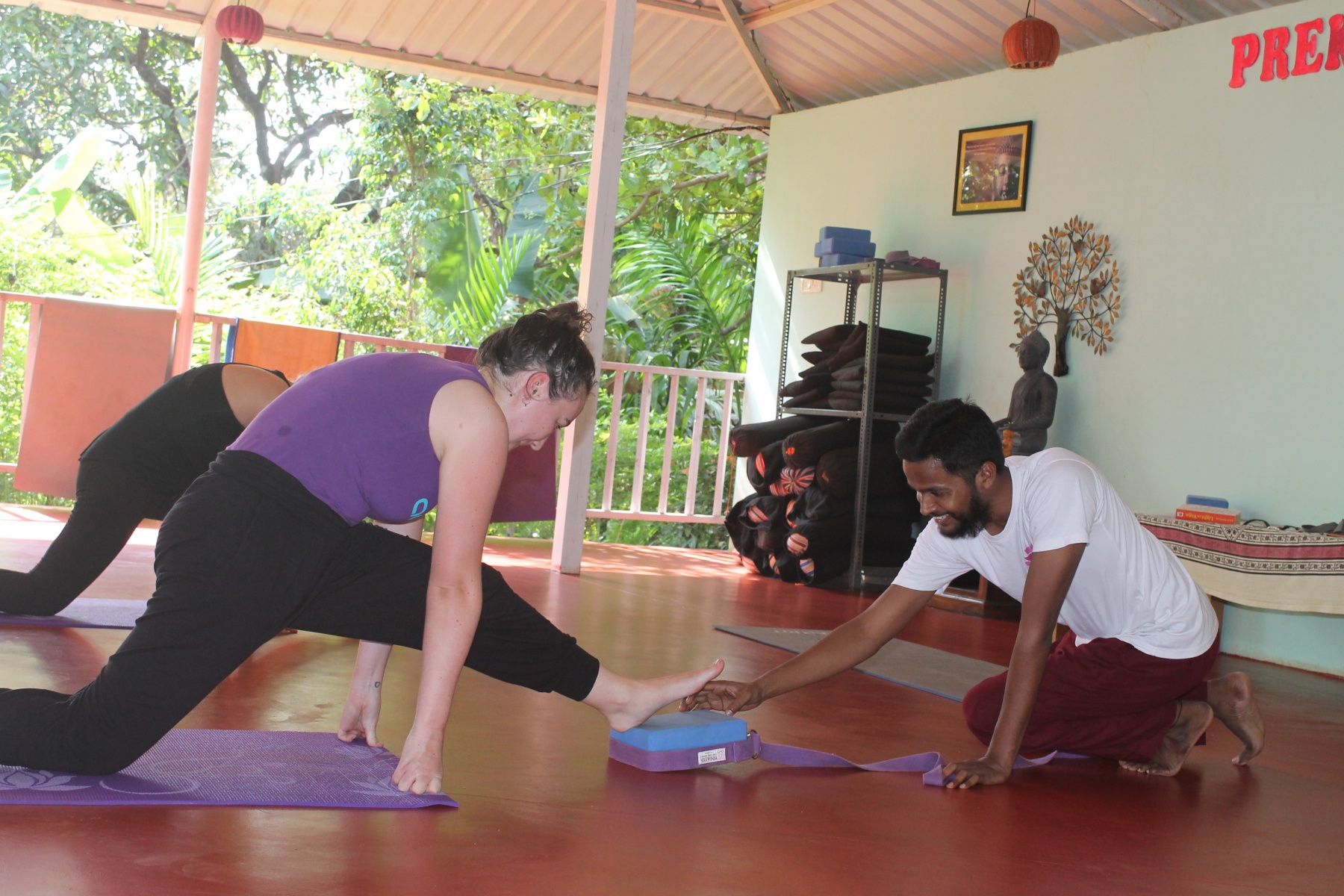

 The Satisfying Food
The Satisfying Food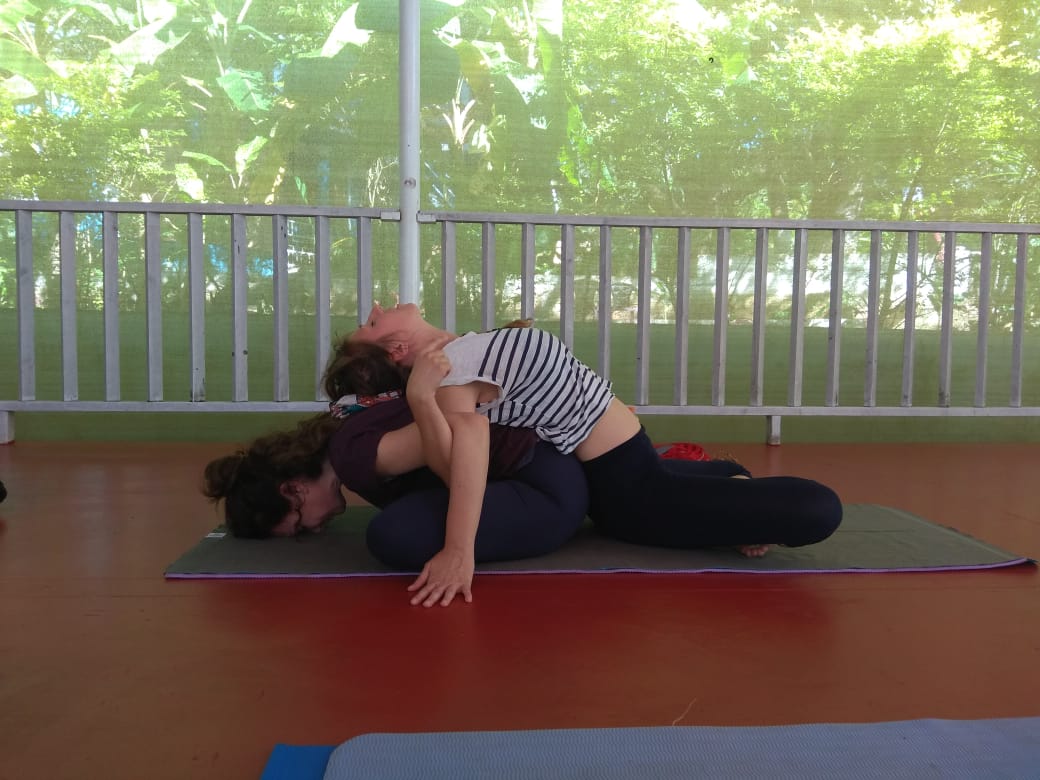
 Preksha Yoga’s Teacher’s Training Program and Yoga Retreats are a life-changing experience. The story of Daphne’s yoga journey will tell you how Preksha Yoga’s 7 Days Yoga Retreat can change your life for good. Daphne is a yoga teacher back in France. She likes to travel to India to learn more deeply about yoga. Daphne, who has been to India before, was looking for an ashram that is the ideal spot to deepen her practice. This is when she found Preksha Yoga and enrolled for the 7 Days Yoga Retreat. She came to Preksha Yoga with an open mind and body to discover and embrace something new. She did not know how Preksha Yoga’s 7 Days Yoga Retreat was about to change her life for the better .Initially, it was a challenge to spend time away and completely cut off from the world outside, from the world she knew. It was difficult for her to control her constant need to be busy and active. Then just like light shines on everyone, she learned to embrace moments of silence and nothingness. In fact, these soul searching moments of silence helped her enhance her self-value, self-consciousness, and self-realization. Daphne said that these moments made her feel more connected to her inner self. It made her feel more at peace and gave her the courage to let go of all worldly anxieties. She loved the 7 Days Yoga Retreat so much that she decided to revisit Preksha Yoga next year, but this time she came back to Preksha Yoga for one month.
Preksha Yoga’s Teacher’s Training Program and Yoga Retreats are a life-changing experience. The story of Daphne’s yoga journey will tell you how Preksha Yoga’s 7 Days Yoga Retreat can change your life for good. Daphne is a yoga teacher back in France. She likes to travel to India to learn more deeply about yoga. Daphne, who has been to India before, was looking for an ashram that is the ideal spot to deepen her practice. This is when she found Preksha Yoga and enrolled for the 7 Days Yoga Retreat. She came to Preksha Yoga with an open mind and body to discover and embrace something new. She did not know how Preksha Yoga’s 7 Days Yoga Retreat was about to change her life for the better .Initially, it was a challenge to spend time away and completely cut off from the world outside, from the world she knew. It was difficult for her to control her constant need to be busy and active. Then just like light shines on everyone, she learned to embrace moments of silence and nothingness. In fact, these soul searching moments of silence helped her enhance her self-value, self-consciousness, and self-realization. Daphne said that these moments made her feel more connected to her inner self. It made her feel more at peace and gave her the courage to let go of all worldly anxieties. She loved the 7 Days Yoga Retreat so much that she decided to revisit Preksha Yoga next year, but this time she came back to Preksha Yoga for one month.